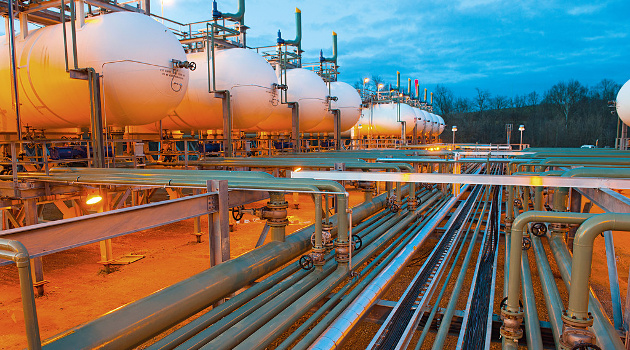Originally published by The Washington Examiner on November 21, 2018.
The doomsayers were wrong.
America’s energy future is brighter than ever before, thanks to a innovation-driven revolution that started over a decade ago. That’s why the International Energy Agency predicted earlier this year that the United States would meet 80 percent of global growth in oil demand over the next five years.
We owe this revolution not to central planners in Washington pushing green energy handouts, but to entrepreneurs and the innovations of the free market.
New technology like horizontal drilling and hydraulic fracturing have made accessible energy reserves once thought unreachable. Continued advancements in management, data analytics, and automation have reduced average break-even prices and allowed for investment to continue flowing despite relatively low global oil prices. These developments have already kept the shale oil and gas boom going longer than naysayers predicted.
But even though the current national oil and gas pipeline network is several hundred thousand miles long, sustaining the energy revolution means improving and expanding infrastructure to meet growing demand. Unfortunately, every effort to do so is met by a barrage of legal challenges from environmental groups and their political allies.
The Obama administration dragged its feet for as long as possible before denying permits for the Keystone XL pipeline. Obama officials ignored the findings of their own scientific reports showing that Keystone represented a low-carbon alternative to other means of transporting crude oil.
Instead, Obama’s State Department rested their rejection on pure optics, implausibly claiming it would “undermine U.S. climate leadership” and look bad to the world to approve an additional pipeline.
It was a nonsense justification that was rightly reversed by the Trump administration. Unfortunately, a Montana federal judge just stepped in and, while rejecting many arguments brought by environmentalists, somehow concluded that the Trump administration failed to provide cause to reverse the Obama policy that itself had never been convincingly justified.
It’s not just Keystone under attack. The Atlantic Coast Pipeline is facing its own challenges as it attempts to add new capacity to bring natural gas from West Virginia to Virginia and North Carolina. The 4th Circuit Court of Appeals recently ordered a temporary halt to construction. The pipeline will help residents of the mid-Atlantic address the growing need for power, yet it too remains under assault.
Such never-ending legal fights over every new investment in our nation’s energy infrastructure are bad for consumers and the economy.
One can’t help but question environmentalists’ priorities, because the energy revolution has been great for the environment. The replacement of high-carbon coal with cleaner sources like natural gas has helped America lead the world in reducing carbon emissions. Last year marked the ninth year this century that the U.S. saw the largest emissions decline of any nation on earth. Yet, new infrastructure for natural gas like the Atlantic Coast Pipeline gets attacked all the same.
Energy prices affect all corners of the economy, and keeping up with demand is essential for maintaining a high standard of living. Thankfully, that doesn’t require abandoning efforts to protect the environment, because newer technology is cleaner technology.
The key is to avoid placing unnecessary political or legal obstacles in the way of innovation and expansion. Let America’s entrepreneurs continue modernizing our energy technology as they work to meet growing demand. That’s a prescription for economic prosperity and a cleaner environment.
———
Image credit: Bilfinger SE | CC BY-ND 2.0.

